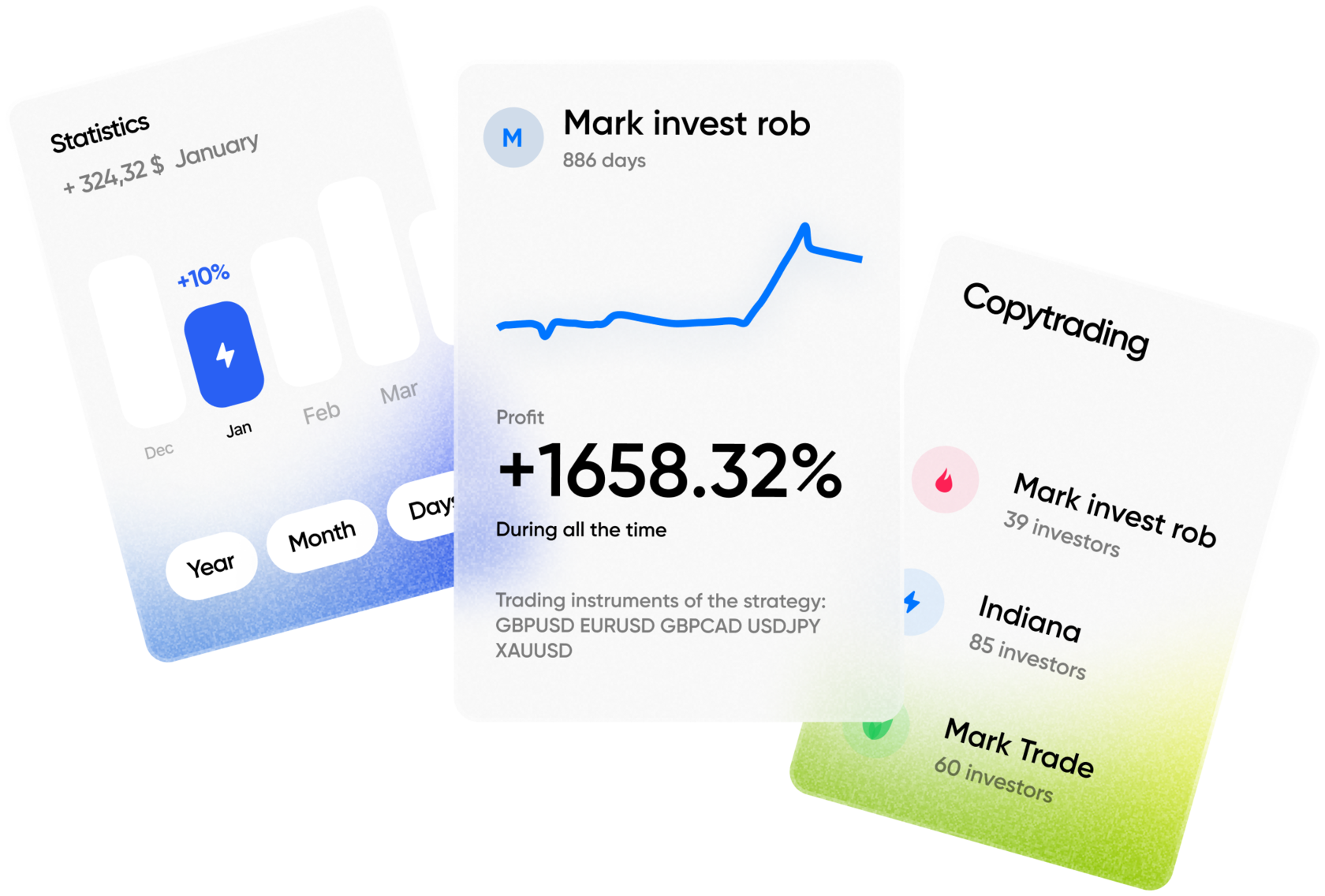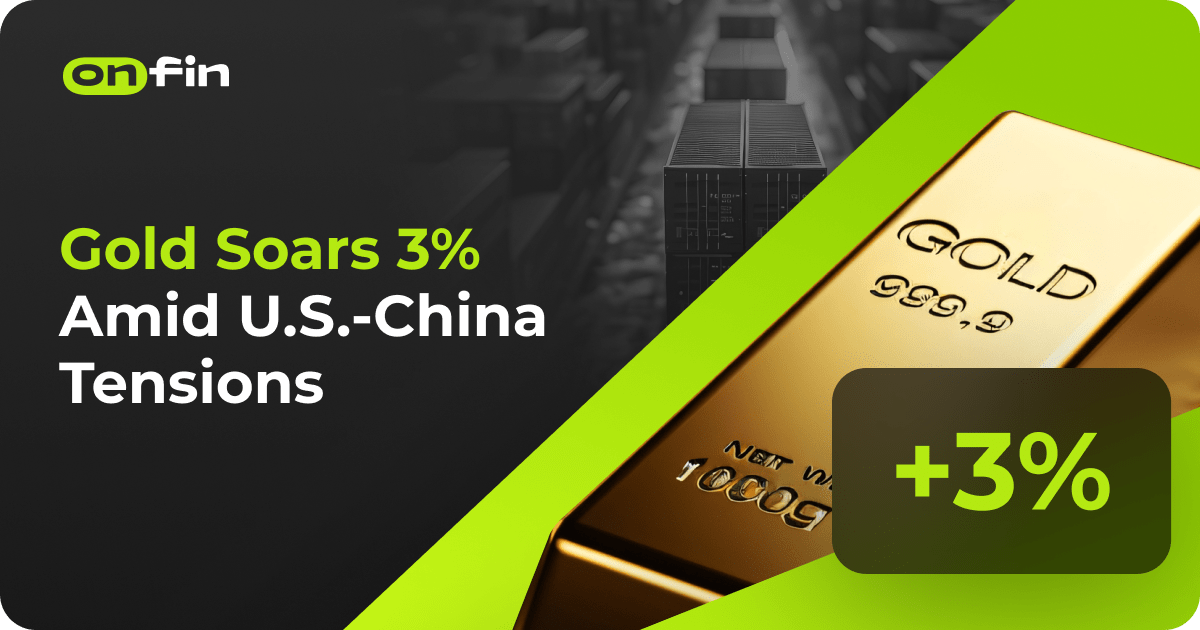On Wednesday, gold prices surged by more than 3%, marking the strongest single-day gain since March 2023. The increase came amid rising geopolitical tensions and heightened investor interest in safe-haven assets. A weaker U.S. dollar also contributed to the bullish momentum in the gold market.
The escalation was triggered by an announcement from China’s Ministry of Finance. Starting April 10, China will impose tariffs of 84% on all goods imported from the United States. This rate is significantly higher than the previously announced 34%. The measure is a direct response to new U.S. tariffs imposed earlier the same day.
According to official sources, U.S. President Donald Trump approved a decision to raise tariffs on Chinese goods to 125%. These new tariffs cover a broad range of imports, including electronics, textiles, automotive components, and consumer products. The Office of the U.S. Trade Representative confirmed the decision in a press release issued Wednesday morning.
As trade tensions intensified, financial markets reacted swiftly. Investors began selling off stocks and industrial commodities. The shift in sentiment pushed many to allocate funds to gold, which is traditionally seen as a safer investment during times of uncertainty.
By Wednesday evening, June gold futures on the Comex exchange were trading at $3,086.14 per troy ounce, up 3.21% for the day. During the trading session, prices reached an intraday high of $3,117.10 per ounce. This was one of the strongest rallies of the year.
The surge in gold prices adds to a broader trend that has developed throughout 2025. Since the beginning of the year, gold has gained over $400 in value. On April 3, prices hit an all-time high of $3,167.57 per ounce. That record remains unbroken, but market analysts are monitoring developments closely.
Trading volumes in gold futures increased significantly on Wednesday. Exchange data showed a spike in contracts traded, especially in New York and London markets. Gold-backed exchange-traded funds (ETFs) also saw strong inflows, continuing a multi-week trend. Institutional investors are increasing their exposure to precious metals amid the global economic uncertainty.
Other precious metals also experienced price gains. Silver rose to $27.35 per ounce by market close. Platinum increased to $1,172.60 per ounce. Both metals followed gold’s upward trajectory due to increased demand for safe-haven assets.
Currency markets showed notable moves as well. The U.S. dollar index fell below 104 during the session. A weaker dollar typically supports higher gold prices. The euro strengthened slightly, while the Japanese yen also gained. The British pound remained mostly stable.
Bond markets saw increased activity. The yield on the 10-year U.S. Treasury note fell to 4.03%, down from 4.12% the previous day. German 10-year bund yields also declined, falling to 2.37%. Lower yields often make non-yielding assets like gold more attractive.
Equity markets declined worldwide. The Dow Jones Industrial Average dropped by 2.1%. The S&P 500 fell 1.9%, and the Nasdaq Composite lost 2.4%. European stocks were also affected. Germany’s DAX index fell by 1.7%, while France’s CAC 40 declined 1.5%. Asian markets closed mixed earlier in the day before the full news cycle had developed.
Industrial commodities declined as well. Copper, a key metal for manufacturing, fell by 1.6%. Aluminum and nickel prices also decreased. Oil prices edged lower, with Brent crude settling at $78.50 per barrel and West Texas Intermediate (WTI) at $74.20.
Several financial institutions, including Goldman Sachs and JPMorgan, issued revised short-term forecasts for gold. Analysts noted that if trade tensions persist, gold could continue testing record levels. Volatility in equity and currency markets may further strengthen demand for bullion.
Meanwhile, diplomatic channels between the U.S. and China remained strained. Scheduled trade negotiations have been postponed. Officials from both countries issued firm statements defending their latest actions. No future meeting dates were announced.
Central banks have continued increasing gold reserves. Data released this week showed additional gold purchases by China, Turkey, and Kazakhstan. These moves reflect an ongoing trend among emerging markets to diversify reserves.
Investor attention is now focused on upcoming U.S. economic data. The Bureau of Economic Analysis is expected to release the latest PCE inflation report on Friday. The Consumer Price Index (CPI) for March will be released next week.
The Federal Reserve has not commented publicly on the latest developments. Market participants are watching for any updates from Fed Chair Jerome Powell. The next FOMC meeting is scheduled for later this month.
In the short term, gold remains at the center of investor strategy. As trade tensions and inflation risks rise, demand for gold and other safe-haven assets is expected to remain strong. Trading activity in gold is likely to stay elevated in the coming days.







